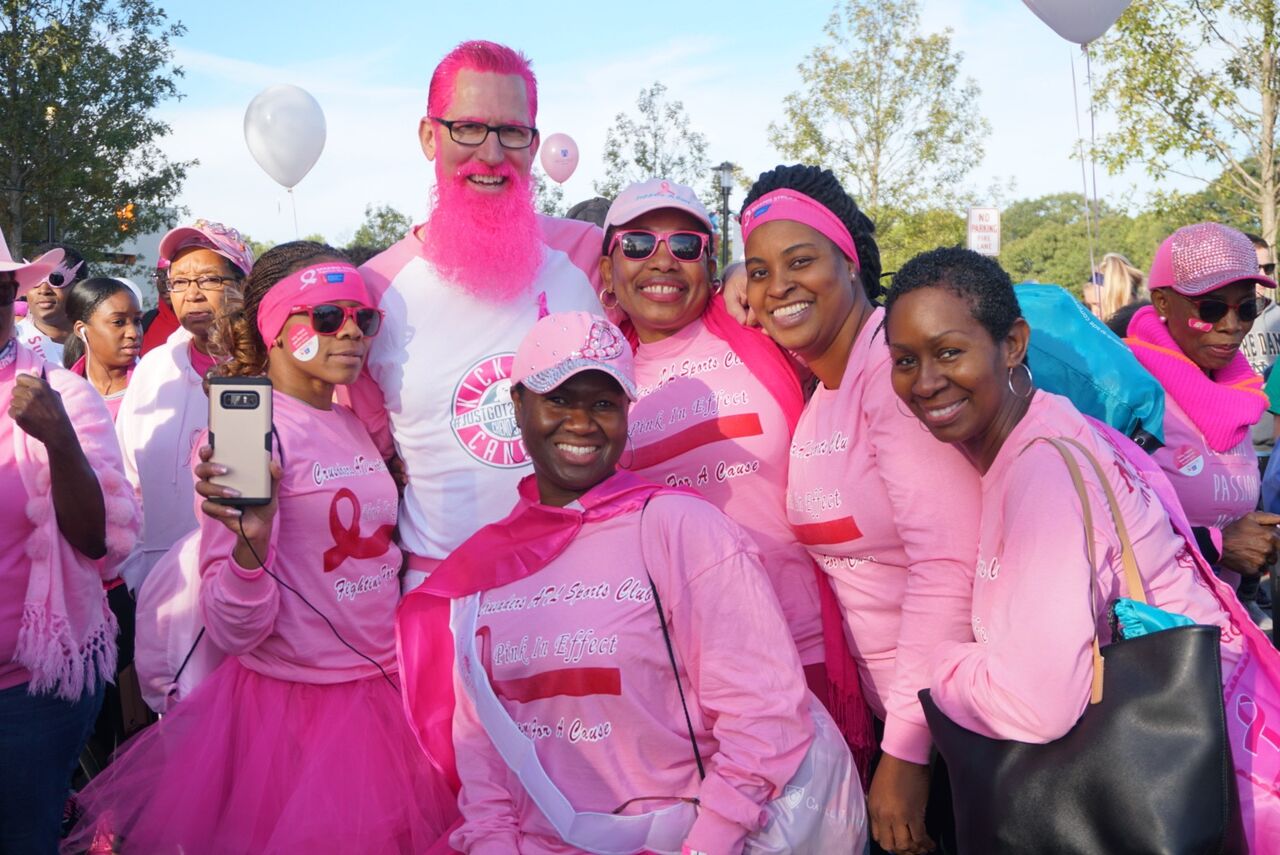
October is more than a month of menacing Halloween terror. It’s also 31 days dedicated to bringing awareness to the horrors of breast cancer, a frightful disease that wreaks havoc in the lives of many.
Breast Cancer Awareness Month has been an annual international campaign for more than 30 years. Pink ribbons pinned here and there symbolize strides taken to improve breast cancer statistics, support research and promote routine health screenings.
Currently, the American Cancer Society reports that one in eight women in the United States (about 12 percent) will be diagnosed with breast cancer. And while risks are significantly less for men, it’s still a frightful possibility for them as well. All humans are born with breast cells and tissue, making both men and women susceptible to developing the disease.
It’s more important than ever to stay educated on the realities of breast cancer and steps that can be taken to put oneself at lower risk. So many cancer cases could have been prevented.
And that’s because the best cure is learning to be proactive—living a healthy lifestyle and keeping up to date on the facts. Ignorance isn’t always bliss, especially when it comes to such a prevalent and fatal disease that thrives in today’s society.
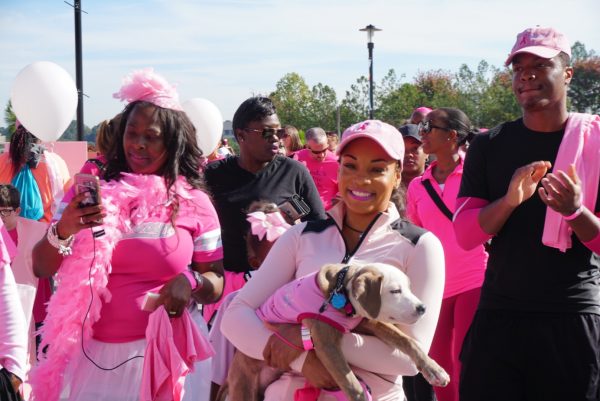
Frightening facts
Breast cancer is a lot more terrifying than a trick or a treat. The life-threatening disease occurs when abnormal cells form in breast tissue.
Since cells are the basic building blocks of our delicate human anatomies, it is endlessly important that they function properly.
“Sometimes the process of cell growth goes wrong and new cells form when the body doesn’t need them and old or damaged cells do not die as they should,” says the National Breast Cancer Foundation. “When this occurs, a buildup of cells often forms a mass of tissue called a lump, growth or tumor.”
A diagnosis can hit like a punch in the gut—gasping for air as you try to digest the words, “You have cancer.” One second you’re living life as normal and the next your entire life has changed indefinitely. A series of doctor visits, surgeries, chemotherapy sessions, radiation—all sudden possibilities.
As soon as you finally catch a breath, you not only have to decide what your next step is, but whether or not you’re about to wake up from a horrible nightmare. Who will you tell? Who can you trust?
Breast cancer is the second leading cause of death in women, and every two minutes a woman faces this dark sting of reality.
But that’s just in the United States. Around the world, a woman is diagnosed with breast cancer every 29 seconds.
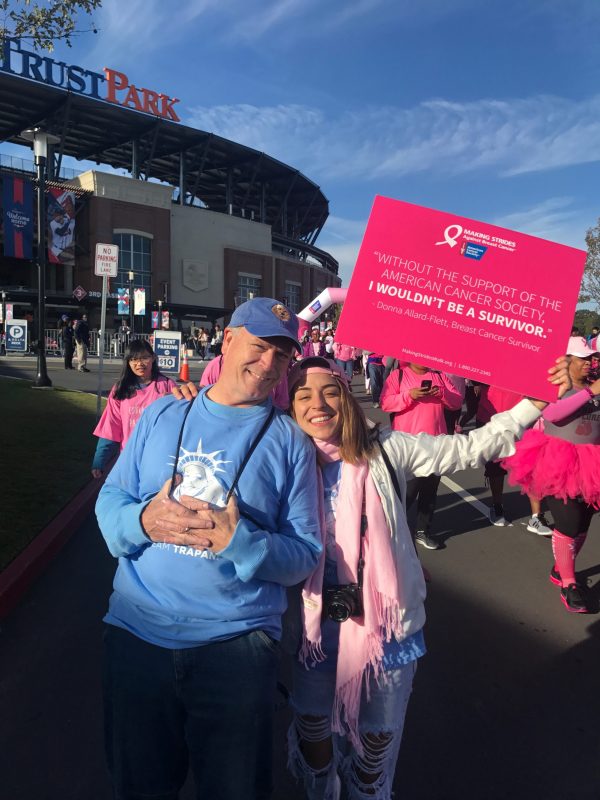
To each her own
A couple of years ago, I became a personal cook for a woman diagnosed with breast cancer a few months prior. She entrusted me to cook healthy meals for her and her family as she went through treatment.
While this was the first time I had ever come in contact with cancer, I quickly adapted to educating myself in food preparation that would help prevent inflammation of her disease.
Months passed and I watched as she courageously worked through surgery, chemotherapy and radiation, and eventually saw the day she met remission. It was a valuable experience that taught me so much, but the most important thing I learned didn’t hit me until many months later.
In May 2017, someone very close to me was diagnosed with breast cancer. She promptly entered chemotherapy treatment and soon after began losing her beautiful, curly blonde hair. Only four short months later, we lost her to the fatal disease. She left our earthly world too soon, and we remained wishing we had more time to say the things we never did.
On an unforgettable mid-September day, I realized that everyone’s case is different—not just physically but mentally as well.
Breast cancer can take it’s time, or it can come in hot, heavy and with a frightful vengeance. And each patient fights the brave battle in their own manner. No matter the case, it shouldn’t be taken lightly.
Stealing souls & self esteem
If you haven’t come in contact with this violent disease, odds are you know someone who has. More than 40,000 women in America will die this year alone because of breast cancer. It’s a scary, lurking truth that everyone needs to be informed about.
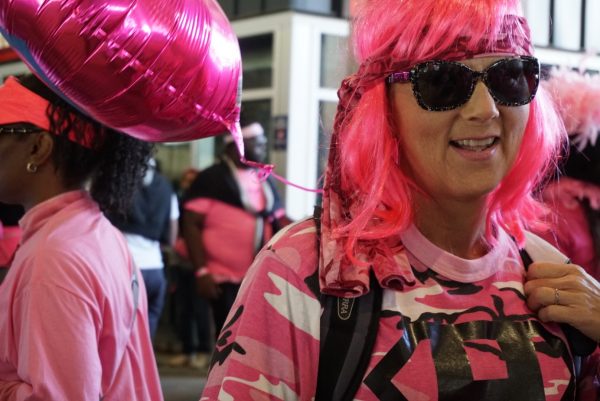
Cancer shows no mercy and holds no bias. It doesn’t cherry pick by ethnicity or even gender. Cancer doesn’t ring the doorbell and wait patiently like the friendly ghosts and ghouls of Halloween. It swoops in unannounced with great volatility.
Some diagnoses mean many months of grueling treatment—endless days and nights in agony. Other diagnoses mean only a few months of holding on to dear life. Families can lose loved ones only after they’ve had to ride the emotional rollercoaster of watching them suffer the symptoms of cancer and the side effects of treatment.
Many people struggle with the notorious reality of losing their hair during chemo and rightfully so. It’s an extremely startling experience and women must decide what works best for them during the process. From wigs to buzzcuts, many women are left hopeless, feeling a loss of femininity with battered self-esteem.
Patients lose their hair because the treatment kills all rapidly multiplying cells—whether they’re cancerous or perfectly healthy. Chemotherapy is a hair follicle’s worst enemy because they are some of the fastest-growing cells in the human body.
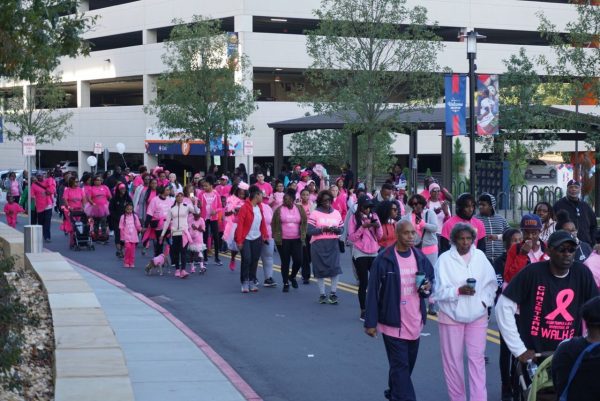
Positively pink
Many people diagnosed with breast cancer have a chance to survive if the disease is found and treated from an early stage. Although it’s more common in older women, it’s important to keep up with your health and adopt good habits early on. Mammograms are the best way to stay on top of potential threats.
The National Breast Cancer Foundation also encourages women of all ages to perform monthly breast self-exams in order to familiarize themselves with their body so it’s clear if there are any alarming changes. The more we know, the better.
That’s why we have an entire month dedicated to breast cancer. Support is shown in many different ways throughout the year, but October is for the tatas. It’s a time to spread consciousness and magnify the importance of mammograms and routine health care.
Every year, since George W. Bush’s presidency in 2008, the White House glows pink as a gesture of support to those diagnosed with breast cancer, families holding the emotional burden and people working to find a cure. In fact, many landmarks around the world are illuminated pink throughout the month, standing in solidarity with all those affected.
Whether it’s finding a way to raise funds for research or walking a 5k in honor of survivors and the dearly departed, everyone can do a little something to shed light and think pink.
Spooky stats
According to the National Breast Cancer Foundation
- Over 250,000 American women will be diagnosed with breast cancer each year
- Approximately 2,500 men will be diagnosed with breast cancer in 2017
- Changes or mutations in DNA can cause normal cells to become cancerous

Nice work great post do more good job
Appreciate your effort to bring this kind of information into public so even public can understand and help the one whois required. Nice work Sir.